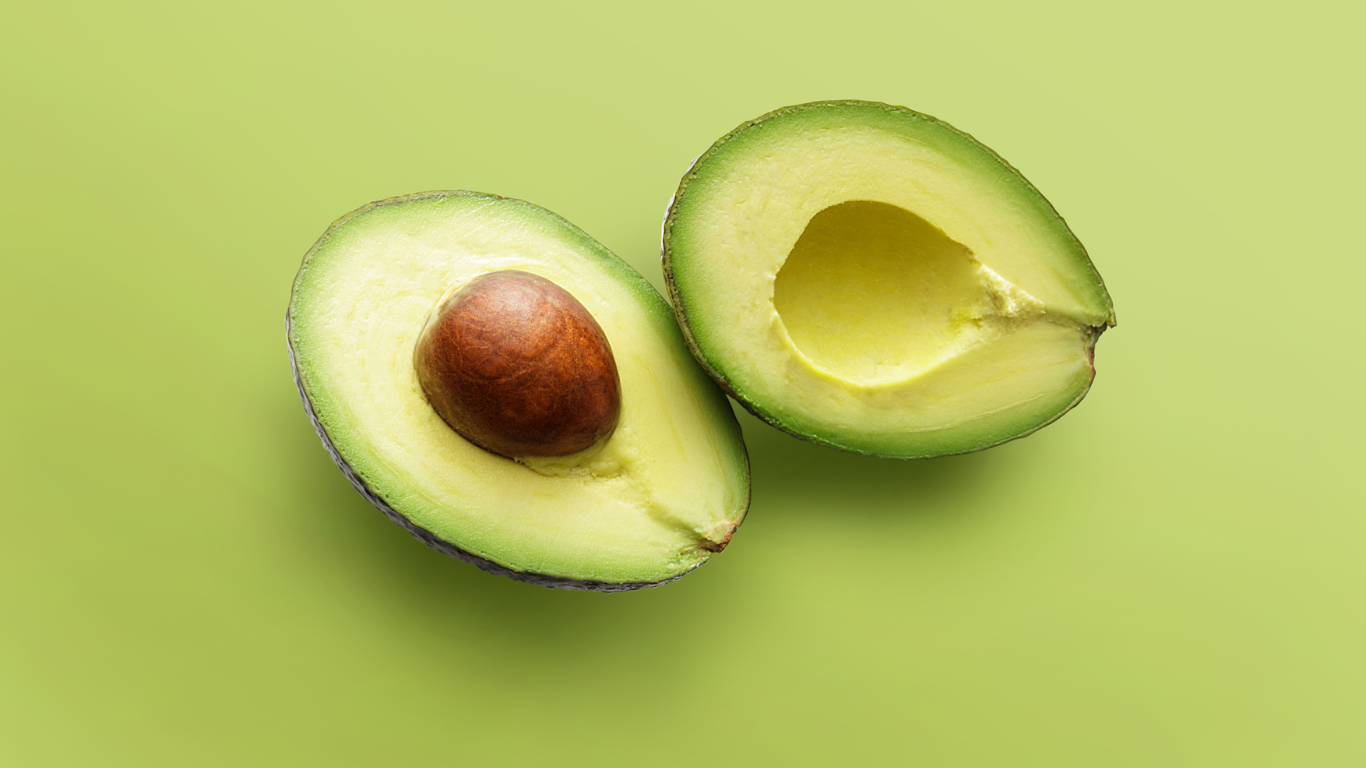Crafting Your Diet Meal Plan for Gestational Diabetes
Bringing a new life into the world is a miraculous and joyous experience. However, for some expectant mothers, the journey comes with an unexpected challenge — gestational diabetes. A gestational diabetes diagnosis can be very scary news. This form of diabetes develops during pregnancy and requires careful management to safeguard the health of both the mother and the baby.
As you navigate this unique chapter in your life, crafting a healthy diet for gestational diabetes becomes an indispensable tool in ensuring a healthy remainder of your pregnancy. Read on to learn how to craft a meal plan and cook recipes perfect for those diagnosed with gestational diabetes.
What Is Gestational Diabetes?
Gestational diabetes, also known as gestational diabetes mellitus (GDM), is a unique form of diabetes that affects pregnant women.
As research into gestational diabetes has advanced, researchers noticed that rates were rising right alongside higher rates of prediabetes and type 2 diabetes in the general population. This led some to believe that gestational diabetes wasn’t entirely a phenomenon of placental hormones and pregnancy-induced insulin resistance, but undiagnosed prediabetes that was “unmasked” (meaning finally tested for) during pregnancy.
One study that measured average blood sugar in early pregnancy via a test called hemoglobin A1c (or just A1c for short), found that an elevated first trimester A1c was 98.4% specific for detecting gestational diabetes. (Diabetes Care. 2014) Coincidence? The first trimester is before the onset of insulin resistance and when blood sugar levels in pregnancy are typically lowest.
As a result, pregnant women with gestational diabetes experience elevated blood sugar levels, a condition known as hyperglycemia. The increased blood sugar levels pose potential risks to both the mother and the developing baby. If blood glucose levels are left uncontrolled, gestational diabetes can lead to complications such as high birth weight, premature birth, and an increased risk of developing type 2 diabetes later in life for both the mother and the child.
If you already have a positive diagnosis, do not beat yourself up. You can’t rewind the clock to lose weight preconception or change your family medical history and the important thing is to focus on what’s in your control: how you eat and care for your body (and baby) NOW.
How To Craft a Diet Meal Plan for Gestational Diabetes
Proper diet management plays a crucial role in controlling blood sugar levels and preventing complications for both mother and baby. Here are some tips you can employ to create an effective dietary routine. Research has looked at blood sugar levels in normal, healthy pregnant women and found that blood sugar levels consistently trend 20% lower than blood sugar in non-pregnant women. (Diabetes Care, 2011).
Therefore, our approach is to maintain normal blood sugar levels with gestational diabetes, which are often well below the standard recommendation of eating 175 grams of carbohydrate per day. As Dr. Lois Jovanovic, one of the world’s leading experts in diabetes in pregnancy said: "175 grams of carbohydrate per day is ridiculous! Women should be going as low as it takes to keep their blood sugar regularly under 90 mg/dl (5 mmol/L)." Therefore, testing your blood sugar often after eating can help you determine how much carbohydrates your body can tolerate.
Work With Healthcare Professionals
Consult with a functional nutritionist from a reputable institution like Thrive Nutrition. Experts can tailor a personalized gestational diabetes meal plan based on your health needs and preferences. Working with professionals ensures that your diet is well-suited to your specific condition, keeping blood sugar levels within a healthy range throughout your pregnancy. At Thrive Nutrition, our focus is on a balanced diet with a big emphasis on such foods like healthy fat, protein, vegetables and some fruit.
Embrace Healthy Fats
The right fats are healthy foods. Healthy fats, like those found in olive oil, animal products, egg yolks, dairy, avocado, and natural nut butters, are an excellent addition to a gestational diabetes diet meal plan. They help regulate blood sugar and support fetal development. Choline in eggs and DHA from fish is especially nourishing for baby brains. This is not the time to eat low fat. Pairing healthy fats with protein in meals can help keep your blood sugar stable.
Prioritize Protein
Balance meals must have proteins which are essential for maintaining stable blood sugar levels and supporting the healthy growth of your baby. Opt for any cut of meat, poultry, fish, or plant-based proteins like tofu, tempeh, and legumes. Lean cuts are not necessary as they are lacking the fat to fill you up and nourish the baby. Proteins can slow down the absorption of sugar, reducing the risk of sudden, blood sugar level spikes. Keep in moderation processed meats.
Mostly Avoid Grains
While complex carbohydrates have a slower impact on blood sugar levels, such as whole grains (e.g., whole wheat bread, brown rice) and starchy vegetables (e.g., sweet potatoes), they can still spike blood sugar levels in any diabetic (pre-diabetic, Type 2 Diabetic and gestational diabetic). Legumes (e.g., lentils, chickpeas) are better options as well as fruit. These options provide essential nutrients and fiber, keeping you fuller for longer and stabilizing blood sugar levels. Moreover, these carbohydrates prevent sharp spikes in blood sugar, helping to manage gestational diabetes effectively.
Limit Sugar Intake
Avoid foods high in added sugar and simple carbohydrates, such as sweets, sugary beverages, fruit juice and white grain products. These choices can lead to blood sugar spikes and potential health problems for both the mother and baby. Instead, opt for healthier alternatives like whole fruits or low-sugar snacks. Fresh berries, crisp apples, and juicy oranges, in particular, offer natural sweetness and essential nutrients. Pair fruit with protein and fat to blunt a blood sugar increase.
Watch Portion Sizes
Keep an eye on portion sizes to manage your carbohydrate intake effectively. Consider dividing your meals into three meals and a snack, filling half your plate with non-starchy vegetables and the other half with proteins and slow carbohydrates. Moreover, opt for smaller servings and incorporate a combination of protein and healthy fats for smart snacking. In the third trimester, you might opt for 4-5 smaller snack type meals per day.
Healthy Recipe Ideas for Gestational Diabetes
Here are some delicious and blood sugar-friendly recipe ideas to incorporate into your gestational diabetes meal plan.
Grilled Lemon Herb Chicken With Leafy Greens
Grilled lemon herb chicken with a salad is a delightful and nutritious meal idea for gestational diabetes. First, marinate skin-on chicken thighs in a mixture of lemon juice, lemon zest, olive oil, minced garlic, dried oregano, salt, and pepper for 30 minutes. Once marinated, grill the chicken until it is fully cooked and tender.
For the salad, combine diced cucumber, halved cherry tomatoes, sliced avocado, olives, black beans and crumbled feta cheese. This salad provides a balance of healthy carbohydrates and protein, making it an ideal addition to your gestational diabetes meal plan. Garnish the dish with fresh chopped parsley for added flavor and nutrients.
Baked Salmon With Roasted Vegetables
Baked salmon with roasted vegetables is a mouthwatering and healthy option for gestational diabetes. Begin by preheating the oven to 375°F (190°C). On a baking sheet lined with parchment paper, place the salmon filets. In a small bowl, create a marinade with olive oil, dried thyme, dried rosemary, dried oregano, garlic powder, onion powder, salt, and pepper. Brush the marinade over the salmon filets, ensuring they are evenly coated.
On a separate baking sheet, spread mixed frozen vegetables, such as broccoli, cauliflower, and carrots. Drizzle the vegetables with olive oil, salt, and pepper. Bake both the salmon and vegetables in the preheated oven for 15 to 20 minutes or until fully cooked. This nutrient-rich dish is rich in omega-3 fatty acids and provides essential vitamins and minerals for a healthy pregnancy.
Berry Chia Seed Pudding
Berry chia seed pudding is a delectable and satisfying dessert or snack option. In a bowl, mix unsweetened coconut milk with 1 scoop of whey protein powder and with chia seeds and vanilla extract. Stir well and refrigerate the mixture overnight or for at least two hours until it thickens to a creamy pudding-like consistency. Chia seeds are an excellent source of fiber and healthy fats, which can help stabilize blood sugar levels.
To serve, layer the chia seed pudding with a cup of mixed berries, such as blueberries, strawberries, and raspberries and a teaspoon of honey, for added natural sweetness and nutrients. For an extra burst of flavor, you can drizzle a tablespoon of natural peanut butter on top, which provides healthy fats and protein. Enjoy this guilt-free dessert while keeping your blood sugar levels in check.
Vegetable Stir-Fry With Tofu
Vegetable stir-fry with tofu is a nutritious and flavorful option for gestational diabetes. Heat a tablespoon of peanut oil in a wok or large skillet over medium-high heat. Add tofu cubes and cook until lightly browned. Remove the tofu from the pan and set it aside. In the same pan, add a mix of colorful vegetables, such as bell peppers, broccoli, snap peas, and carrots. Stir-fry the vegetables until they are tender-crisp.
For the sauce, combine low-sodium soy sauce, minced garlic, grated ginger, and a touch of honey. Add the tofu back to the pan and pour the sauce over the vegetables and tofu. Toss everything together and serve the stir-fry topped with dry roasted cashews for a wholesome and satisfying meal.
Quinoa-Stuffed Bell Peppers
Quinoa-stuffed bell peppers are a nutrient-packed meal. Cook quinoa according to package instructions and set it aside. Cut the tops off bell peppers and remove the seeds and membranes. In a bowl, mix cooked quinoa with hamburger, chopped tomatoes, diced onions, minced garlic, and your favorite herbs and spices. Stuff the quinoa mixture into the bell peppers and place them in a baking dish topped with cheddar cheese.
Then, bake the stuffed peppers in the oven at 375°F (190°C) for 25 to 30 minutes or until the peppers are tender and the filling is cooked through. This dish is rich in protein, fiber, and essential nutrients, making it a wholesome addition to your gestational diabetes meal plan.
Greek Yogurt Parfait With Berries and Almonds
Greek yogurt parfait with berries and almonds is a refreshing and satisfying dessert or snack option. In a glass or bowl, layer whole-milk Greek yogurt with a mix of fresh berries, such as blueberries, strawberries, and raspberries. Top the parfait with a sprinkle of sliced almonds for added crunch and healthy fats.
Greek yogurt is high in protein and lower in carbohydrates, making it a blood sugar-friendly choice. Berries are low in sugar and packed with vitamins and antioxidants, while almonds provide essential nutrients and healthy fats. Indulge in this guilt-free parfait to satisfy your sweet cravings while maintaining stable blood sugar levels.
Final Thoughts
Crafting a diet meal plan for gestational diabetes is a crucial step in managing your health during pregnancy. By incorporating healthy fats, lean proteins, and complex carbohydrates, you can maintain stable blood sugar levels and support the well-being of both you and your baby.
To ensure that you make the right meal plan, consider seeking support from Thrive Nutrition. We are a leading resource dedicated to empowering expectant mothers in optimizing their nutrition and overall health. We have a team of registered dietitians and licensed nutritionists specializing in maternal health and gestational diabetes care, providing personalized and evidence-based guidance tailored to your unique needs. Visit our website for a free consultation and use your medical insurance for reduced cost or free nutrition counseling!






